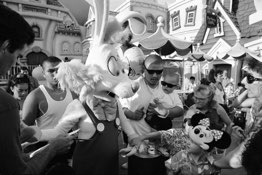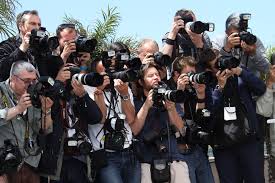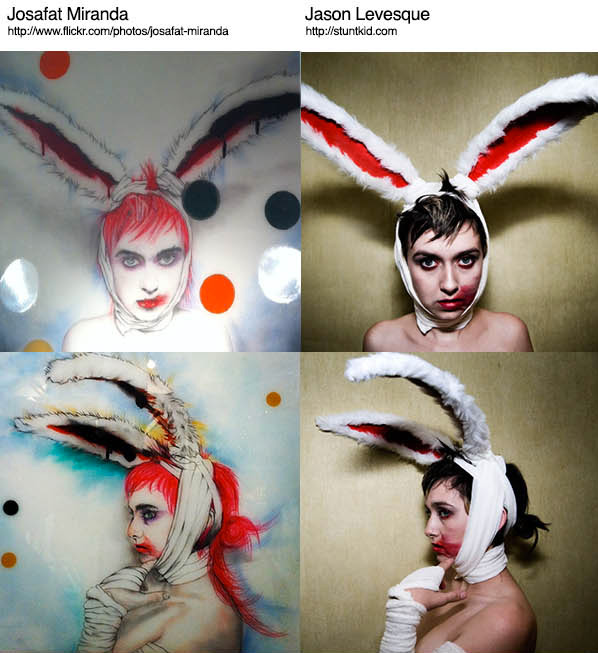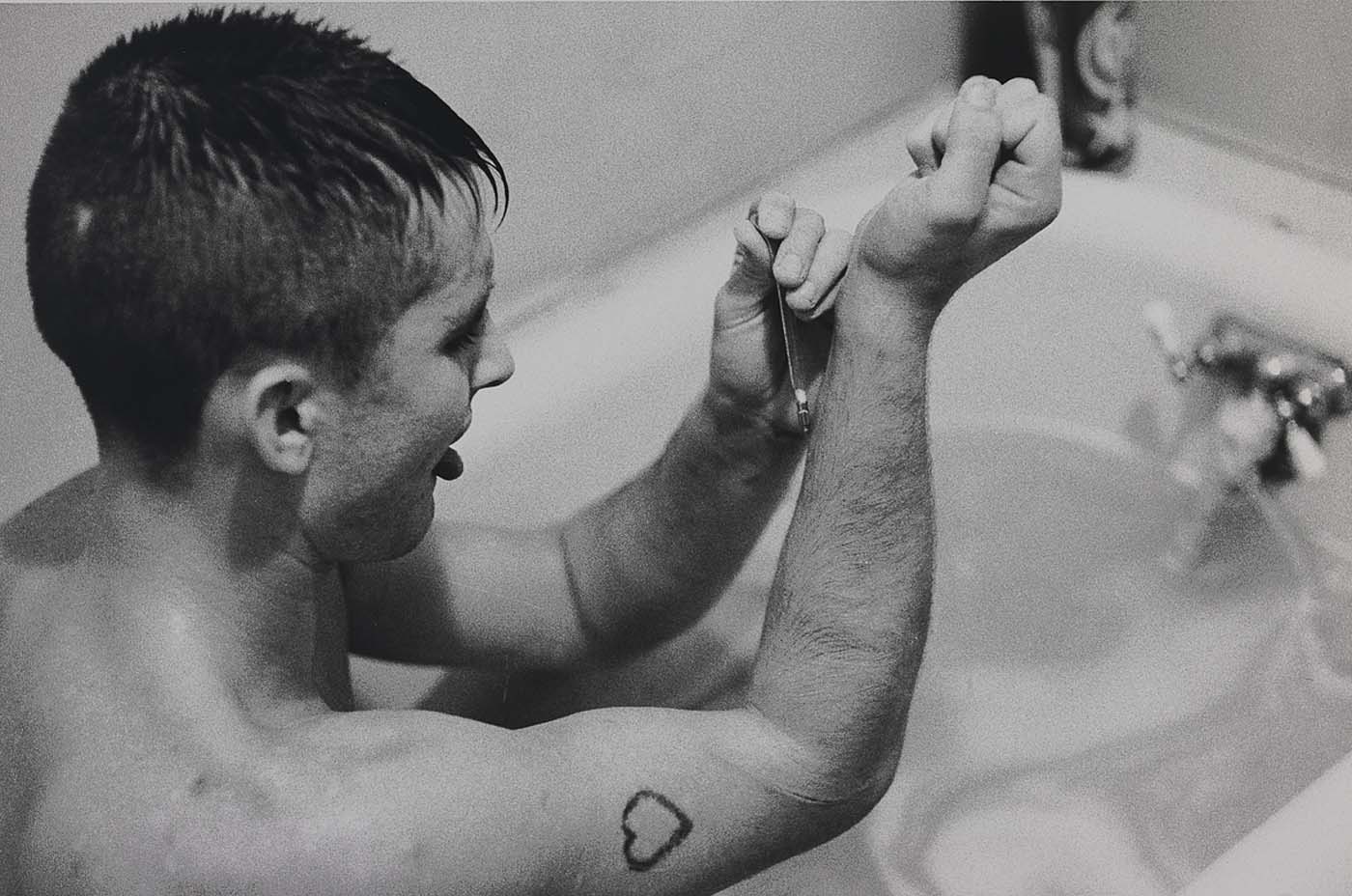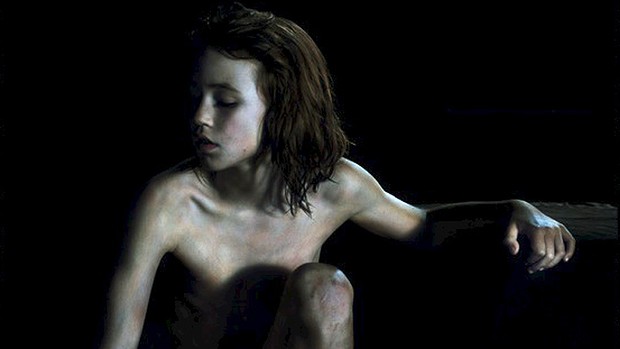
Robert Yager is British born photographer who is known for documenting Los Angeles street gangs. Yager was raised in a poor family and learned about “the cholo” first hand when he as living in a trailer park. Being white, he was a minority and saw a taste of what it was like to live a cholo lifestyle. This is where his interest in counter-culture and street culture began. When he was a teenager, his love for photography started when he was traveling in Europe and borrowed his friend’s camera to take pictures. He took a particular interest in documentary photography and spent a year in Mexico to get a degree in Latin American studies. While in Mexico, he started shooting in the streets and capturing people in their everyday lives. He said, “The people on the streets, the market — it’s all so visual down there. It’s beautiful and rugged and disheveled. I was drawn to the timelessness of it all.” He loved street photography because of its raw and exciting nature. When Yager returned from Mexico, he decided to move to Los Angeles. When he was there, however, he noticed that one of the only things going on in the streets were gangs. Not many people knew about gang culture and he found it fascinating. He wanted to portray how this life really was. Therefore, he decided to photograph and reveal all aspects of gang culture. Robert Yager’s work consists of gang members throwing up their signs, street fights, young children surrounded by guns and drug money, and more. It reveals intimate and personal aspects of their lives. Each photograph has a deeply rooted meaning and it really comes across to the viewer. The images are ones that take people aback a little bit because they stray from the typical norms of society and represent some very dark elements. A lot of them also involve gang members and their young children or infants. These photographs in particular especially resonate with viewers. They show that gang life is passed on through generations very early on in life. For example, one of Yager’s photographs is of two gang members shaving a baby’s head. This shows that even as an infant, this gang culture is already a part of him or her. The baby, in a way, is being branded with this particular lifestyle before he or she even has much of a choice. A question that has arisen from Robert Yager’s photography is whether or not his photos glorify gangs and gang violence. His photos are set up in a way that is very aesthetically pleasing and draws the viewer in. The gang members are posed in a manner that makes them look cool and interesting. The issue is whether or not this is harmful to society who gets the impression that this lifestyle is cool. In response to this, Yager says: “I didn’t try to glorify their culture, but document elements of it. I do know that I took a little step when I got very much inside and intimate with those guys.Their culture is explained as their crimes and bravado and that needed to be examined. Their culture includes many things, like visual expression, tattoos, murals, hand signs, their appearance, ways etc. As well as, their crimes and bravado.” Yager explains that his main purpose is to document the intimate aspects of their life and really get across what is important to their culture. He tries to get really deep into their family and their personal lives to find what is valuable. Something that I found interesting in Robert Yager’s street gang photography is the fact that the majority of them are posed. Rather than being candid, the gang members being photographed are posing in a certain way on purpose to display a specific look or meaning. In some of the photographs, the background is clearly staged and set up a particular way as well. This makes me question whether or not his photos are an accurate representation of the Los Angeles gang culture. Although his photos do display a particular meaning and theme that resonate with the viewer, would the photos be more authentic and powerful if they were candid? For example, he has a photo of a baby lying on a bed with guns and drugs. The items on the bed come across as props for the photo as it is clear that they were purposefully set up that way. I question whether this takes away from the image and offers an unauthentic representation of what living in the gang lifestyle is like. Also, there are many photos with gang members looking straight into the camera and holding up their gang sign. For this photo to take place, the audience knows that Yager had to speak directly to the gang member and most likely told him exactly how to pose for the shot. How do we know that that gang sign is even a real one or if that is a real gang member? Therefore, the issue of authenticity is prevalent in his images and may make viewers question the art. Robert Yager is a renowned photographer that has proven to captivate audiences with his Los Angeles gang photography. With his photos, he wants to share glimpses into the lives of street gang members. Although his photos capture the intimate aspects of gang culture, the posed images may make audiences question their authenticity. They may make people wonder whether or not these pictures are accurate representations of Los Angeles gang lives. for more information: http://selvedgeyard.com/2009/12/31/la-gang-life-dickies-thugs-guns-the-photography-of-robert-yager/

